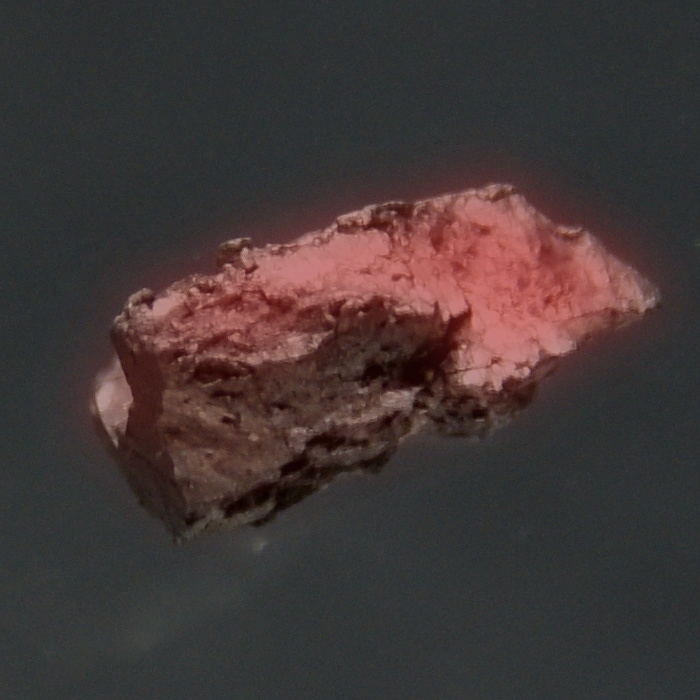Curium
96
Cm
Groep
n/a
Periode
7
Blok
f
Protrone
Elektrone
Neutrone
96
96
151
Algemene Eienskappe
Atoom Nommer
96
Atoommassa
[247]
Massa Nommer
247
Kategorie
Aktiniede
Kleur
Silver
Radioaktief
Ja
Curium is named after Madame Curie and her husband Pierre Curie
Kristalstruktuur
Eenvoudige seshoekige
Geskiendenis
Curium was discovered by Glenn T. Seaborg, Ralph A. James and Albert Ghiorso in 1944 at the University of California, Berkeley.
It was produced by bombarding plutonium with alpha particles during the Manhattan Project.
Curium metal was produced only in 1951 by reduction of curium fluoride with barium.
It was produced by bombarding plutonium with alpha particles during the Manhattan Project.
Curium metal was produced only in 1951 by reduction of curium fluoride with barium.
Elektrone per skil
2, 8, 18, 32, 25, 9, 2
Elektronkonfigurasie
[Rn] 5f7 6d1 7s2
Curium accumulates in the bones, lungs and liver, where it promotes cancer
Fisiese Eienskappe
Fase
Soliede
Digtheid
13,51 g/cm3
Smeltpunt
1613,15 K | 1340 °C | 2444 °F
Kookpunt
3383,15 K | 3110 °C | 5630 °F
Heat of Fusion
n/a
Heat of Vaporization
n/a
Spesifieke Hitte Kapasiteit
-
Oorvloed in die aardkors
n/a
Oorvloed in die heelal
n/a

CAS Nommer
7440-51-9
PubChem CID Nommer
n/a
Atomiese Eienskappe
Atoom radius
174 pm
Kovalente Radius
169 pm
Elektronegatiewiteit
1,3 (Pauling scale)
Ionisasie potensiaal
5,9915 eV
Atoom volume
18,28 cm3/mol
Termiese geleidingsvermoë
0,1 W/cm·K
Oksidasiestate
3, 4
Toepassings
Curium is mainly used for scientific research purposes.
Curium is a common starting material for the production of higher transuranic elements and transactinides.
The most practical application of 244Cm is as α-particle source in the alpha particle X-ray spectrometers (APXS).
Curium is a common starting material for the production of higher transuranic elements and transactinides.
The most practical application of 244Cm is as α-particle source in the alpha particle X-ray spectrometers (APXS).
Curium is harmful due to its radioactivity
Isotope
Stabiele Isotope
-Onstabiele Isotope
233Cm, 234Cm, 235Cm, 236Cm, 237Cm, 238Cm, 239Cm, 240Cm, 241Cm, 242Cm, 243Cm, 244Cm, 245Cm, 246Cm, 247Cm, 248Cm, 249Cm, 250Cm, 251Cm, 252Cm